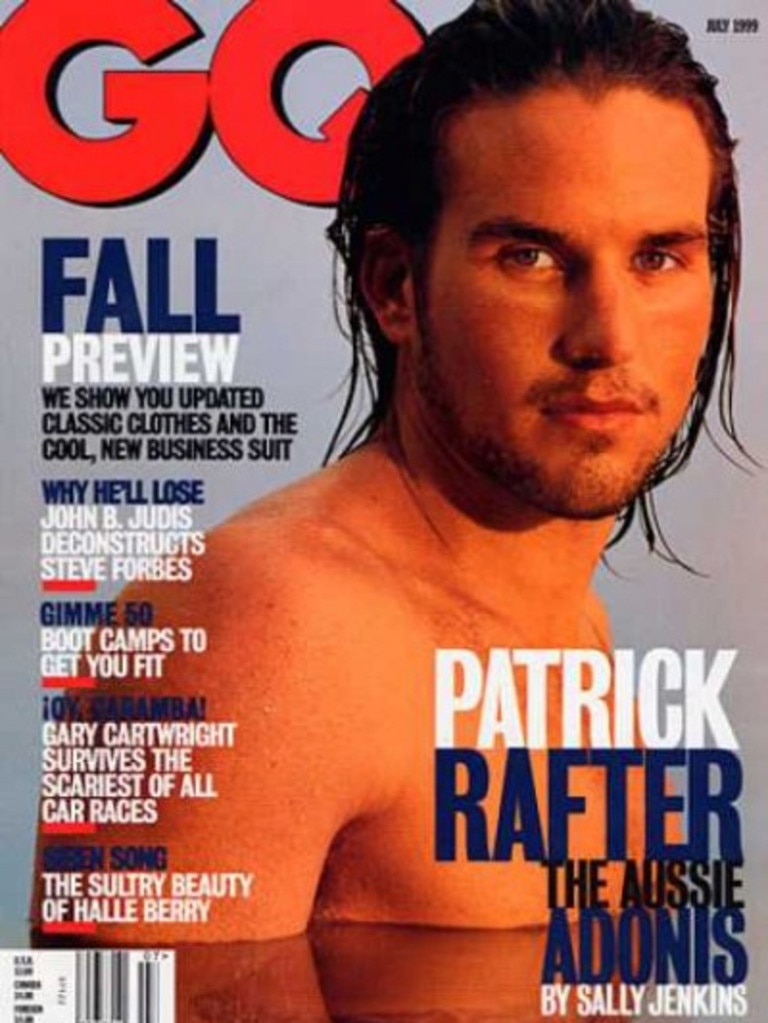Aussie sex symbol Pat Rafter looks almost ‘unrecognisable’
An Aussie icon once named the “sexiest person alive” has surprised fans with a new look that some say is unrecognisable.

Aussie tennis icon Pat Rafter looks “unrecognisable” in the eyes of some fans after more than 30 years in the spotlight.
The two-time US Open champion was a massive sex symbol in the late nineties and he proved he had the ability to match it on the court, The Sun reports
He reached the Wimbledon final in successive years in 2000 and 2001, losing to Pete Sampras and Goran Ivanisevic, in one of the most memorable matches in the tournament’s history.
Stream Over 50 Sports Live & On-Demand with Kayo. New to Kayo? Start your free trial now >



The former world No. 1 became a household name after his first US Open win and became part of an elite club that includes David Beckham, Cristiano Ronaldo and Dwayne ‘The Rock’ Johnson.
That’s because the Aussie was voted People’s Sexiest Athlete Alive in 1997.
Nowadays he is showing his age with a grey beard and he no longer boasts an eye-catching six-pack — despite looking match fit.


Rafter is now a family man and has two children with wife Lara - Joshua, 20, and India, 18.
Tennis fans — while celebrating the 20-year-anniversary of the famous final — were last year surprised at Rafter’s distinguished salt and pepper facial hair, despite Rafter having sported the look for several years.
Some fans in recent posts on official Wimbledon social media channels have said Rafter looks “unrecognisable” from the last time they saw him.


He quickly became mobbed by adoring fans after matches and would go on to date models, despite admitting he was “afraid” of girls in high school.
The 50-year-old appeared on the front cover of GQ magazine and became an underwear model for Bonds.
After an impressive career the man from down under was inducted into the tennis hall of fame in 2006.
That came after he was named Australian of the Year in 2002 - three years after winning the Davis Cup for his country.
This story originally appeared on The Sun and has been republished with permission



